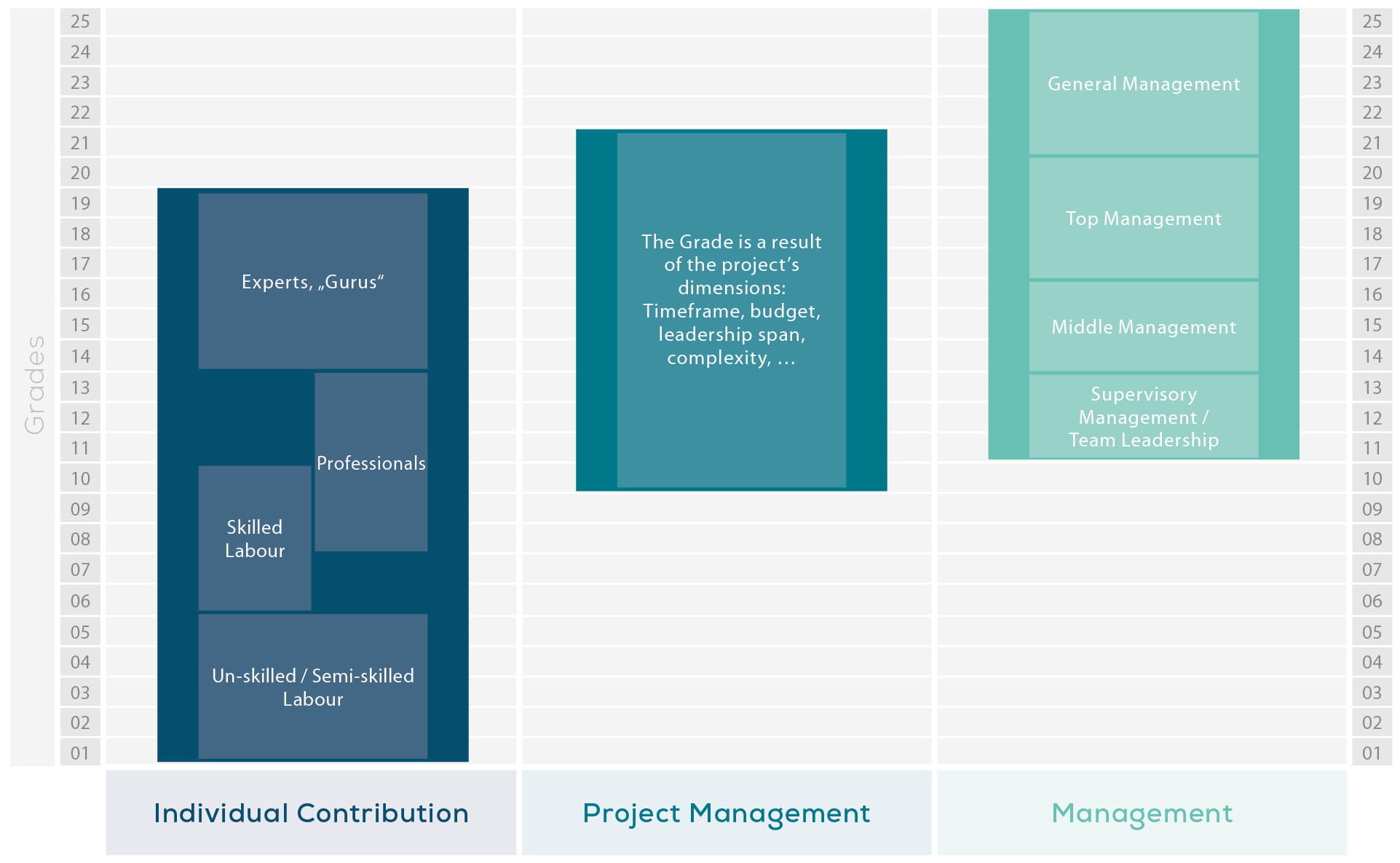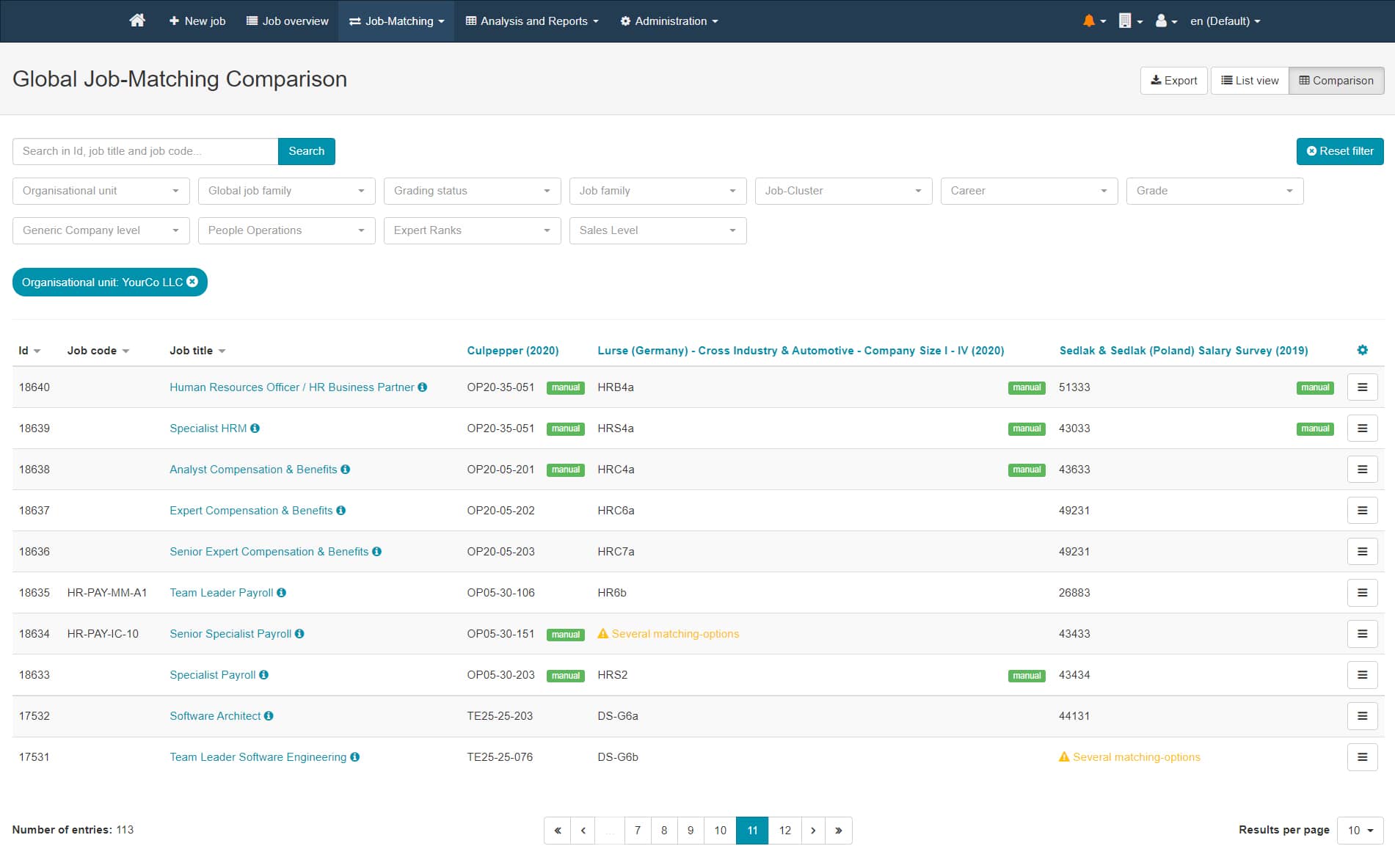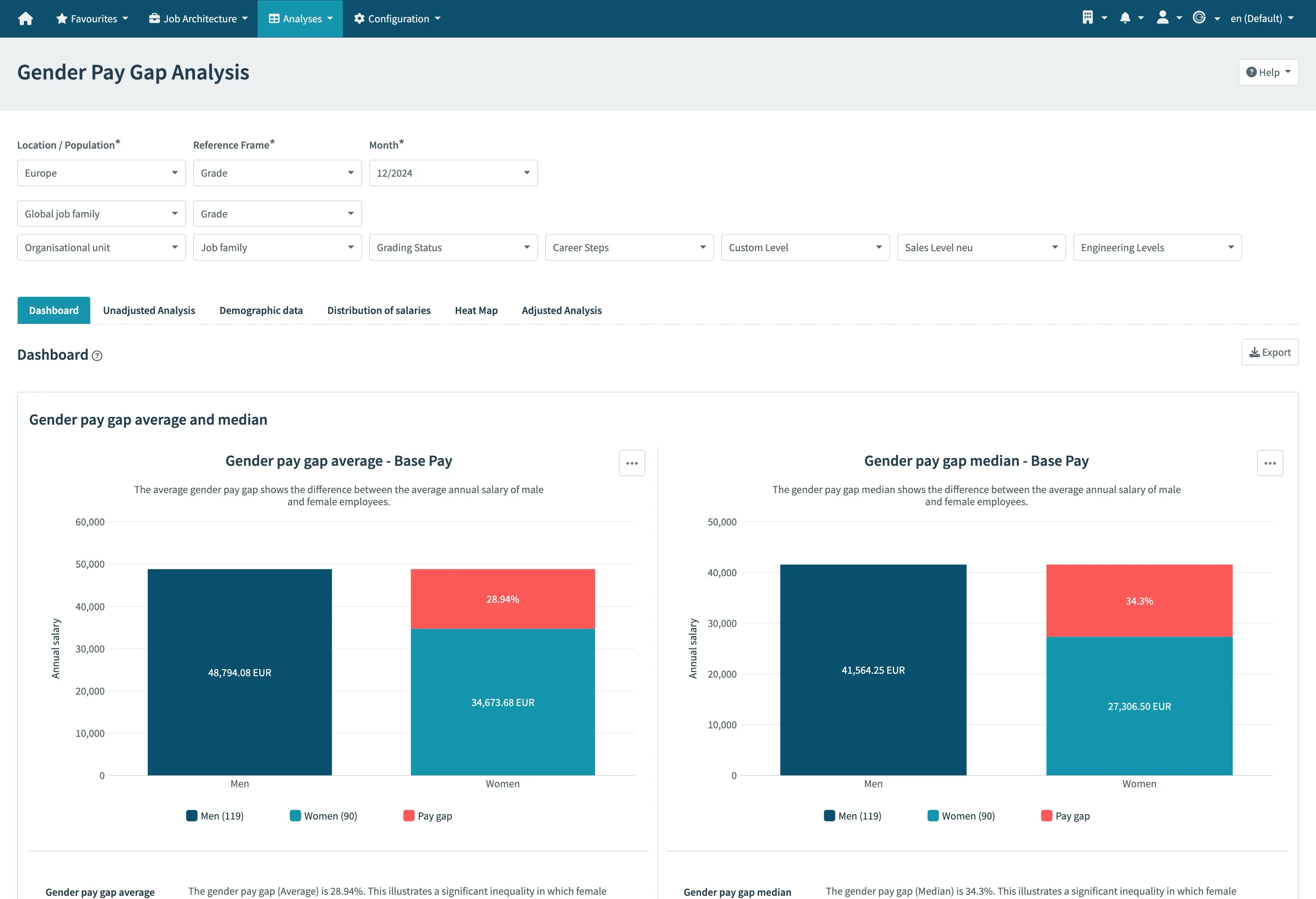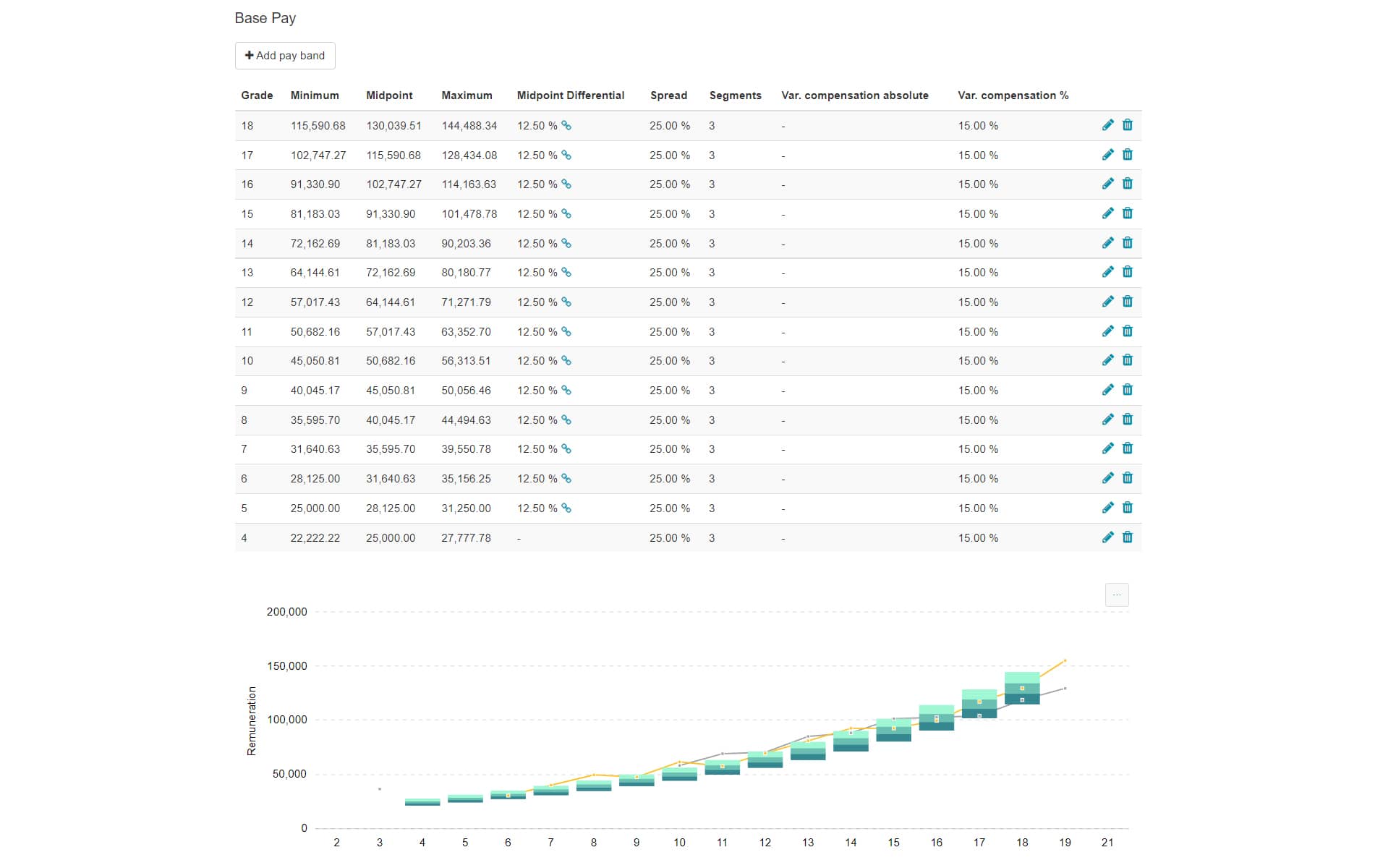What is the new EU Pay Transparency Directive?
In January 2023, the European Commission’s proposal to introduce binding pay transparency measures was approved by the Committee on Women’s Rights and Gender Equality (FEMM) and the EU Committee and Employment and Social Affairs.
The fundamental aim of this directive is to establish EU-wide minimum standards on pay transparency measures so that workers can assert their right to equal pay and squash the EU’s enduring gender pay gap.
Under the pay transparency directive, EU companies will be required by national law to share information about how much they pay women and men for work of equal value - and take action if their gender pay gap exceeds 5%.
Are you prepared to meet these requirements? 👇
Go on, be honest!
Obligatory Objective Measuring
Employers will need to have an objective method of comparing the value of work. This can include criteria such as educational requirements and responsibility. Importantly, comparators do not have to work for the same company and collective bargaining agreements can be used.
Pay Transparency for Job-Seekers
Employers will have an obligation to provide detailed information about initial pay or pay range either in job postings or before interviews. Employers asking any prospective employees about their pay history will be banned, as will the inclusion of pay secrecy confidentiality clauses.
Right to Information
Employees will have the right to request information from their employer about their pay level, broken down by gender. Employers must also be able to provide workers a description of the gender-neutral criteria used to define their pay, pay levels and pay progression in the organisation.
Public Pay Reporting
Employers will be required to publish information on their pay gap between female and male workers based on base pay and complementary and variable pay such as bonuses. This applies to companies with 250+ employees until 2028, when the threshold drops to 100+.
Gender Pay Gap Under 5%
If reports reveal a pay gap of more than 5% that cannot be justified by objective, gender-neutral criteria, companies will be required to take action in the form of a joint pay assessment carried out in cooperation with workers’ representatives. Fines will be issues for companies that don’t comply.
Justice for Victims of Pay Discrimination
Victims of gender pay discrimination can receive compensation, including back pay and bonuses. Crucially, in an equal pay claim, the burden of responsibility will fall on the employer (not the employee) to prove that there wasn’t pay discrimination. Organisations must have a clear methodology.
gradar speaks your language
-

العَرَبِيَّة
-

Български
-

Català
-

Deutsch
-

English (GB)
-

English (US)
-

Español
-

Français
-

Italiano
-

Lietuvių
-

Македонски
-

Nederlands
-

Polski
-

Portguês
-

Português brasileiro
-

Romanian
-

русский
-

Shqip
-

Srpski
-

Slovenščina
-

Türkçe
-

Greek
-

Japanese
-

Chinese
Got questions?
Customer support is our top priority - and we’re always available to lend a hand! We’d be happy to arrange a call, live demo or extended evaluation period.







